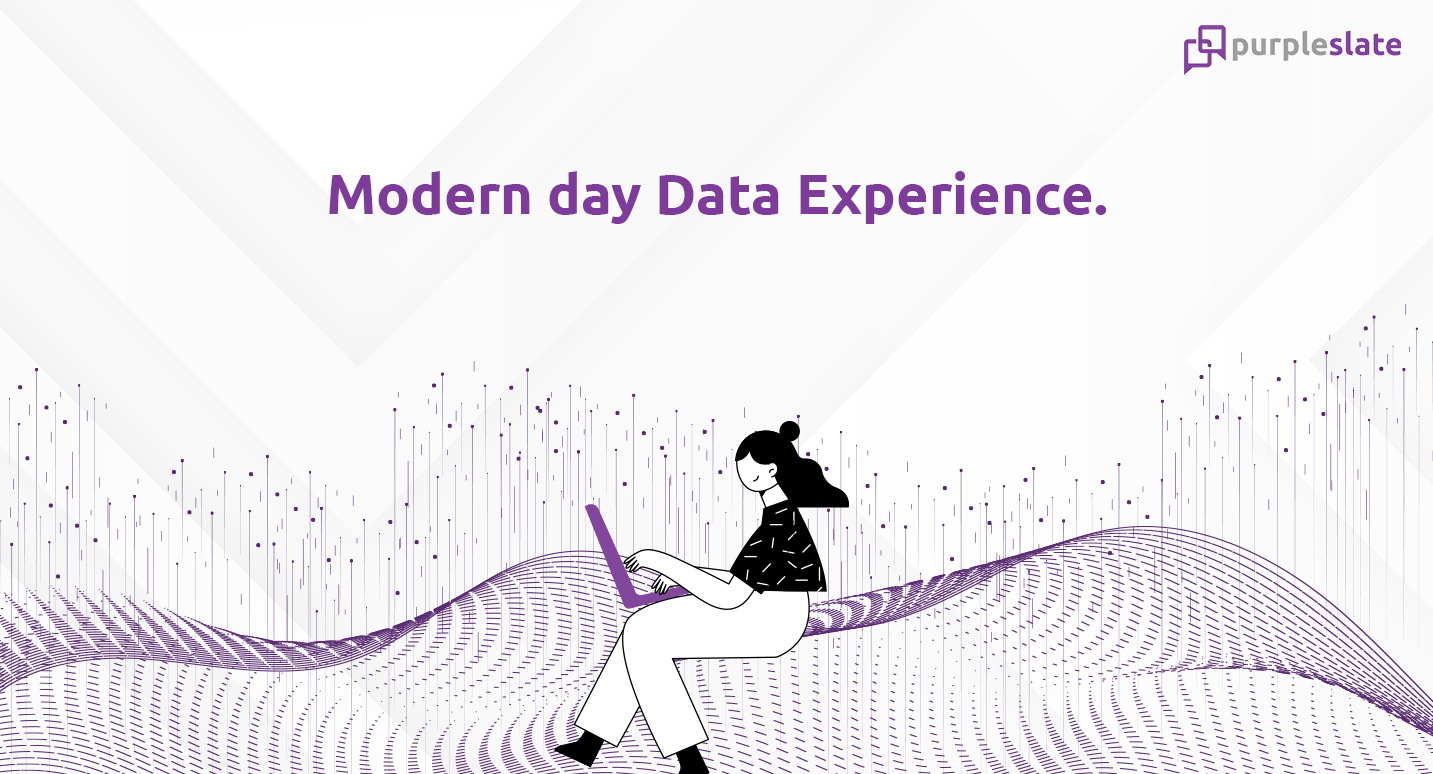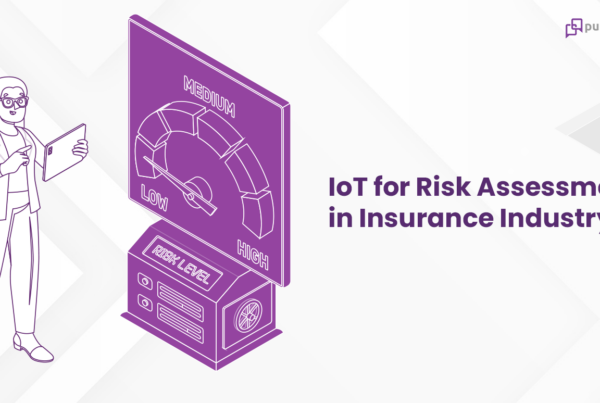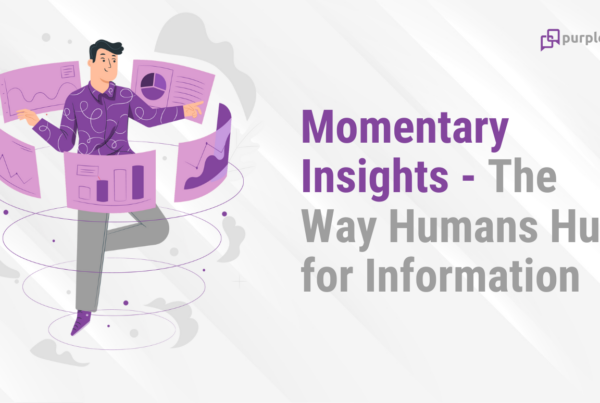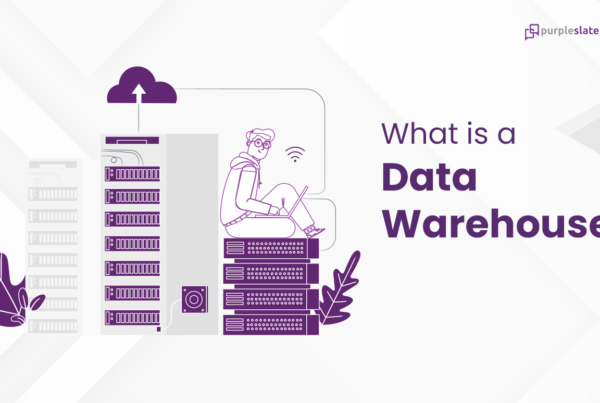
Recently I was talking to a customer of ours about their digital transformation goals and as is the norm, the discussion came down to data, analytics, data science and you name it – we covered every possible technology in that area. “We have built a data lake. We use this tool for ETL and that tool for Data Catalog”.
Fantastic.
Finally, we ended up talking about the ubiquitous question. ‘Who is using this data infrastructure? How is it helping the users?’ ‘Good question. That’s where we need some help.’
Not surprisingly, this is the symptom of the problem that exists in any organization – putting the cart before the horse. We are quite adept at throwing fancier technology at everything and our first step in any digital transformation exercise is invariably to create more technology.
On the other side of the spectrum, business users and customers continue to crave for simple data points to manage their day-to-day needs and access quality data when they need the most. If we are to equate this to a fancier restaurant analogy – we may have the fancy food processors, cutting knives and even the highly paid, Michelin starred chefs (aka highly paid data scientists) who can conjure up the finest of delicacies; while the data users continue to starve and get frustrated, waiting in eternity to get access to the simplest byte of information.
My prescription, quite often perceived as a conservative one, is not to throw more technology in the mix. What we might need as the modern-day data strategy is not yet another technology stack; but more of an experiential one. To get back to the basics.
Any modern data management practice could fall into four major aspects around Capture, Store, Analyze and Act on data. The majority of the enterprises seem to be doing reasonably well in the first two areas namely Capture and Store. The maturity level of the technologies in these areas, many of them open source, and the continuous slide in the storage costs help many organizations to do a fairly better job in their data engineering perspective in capturing high velocity, high volume data for their needs.
The Analyze pillar would invariably consist of the reporting platforms, dashboards, scorecards and even many ML models and an algorithmic approach to quantify outcomes. Without a doubt, these tools aren’t perfect and the bandwagon of disgruntled users who struggle to get access to data only grows by the day.
Heading back to the restaurant parallel, what would the modern-day Data Experience (DX) be like? Be it a drive-thru or a fancy restaurant, one underlying common thread is – hungry customers – who might want a quick meal or a great dining experience with a multi-course meal curated by the finest chefs.
How would the data experience be in any modern organization, where everyone is a happy data user to get their questions on data answered, whenever they need, from a variety of data sources?
As the definition goes, Experience refers to a conscious process of living through events and we could define Data Experience as how a user would interact with the data assets, including the user’s perceptions on ease of use, utility and efficiency.
If we are to measure the data experience on these dimensions of Use, Utility and Efficiency, I would like to imagine this aspiration of a great Data Experience to be like these:
Simple. All of us are used to a simple interface (read as a search bar) to access every other information in our life. Why should the experience within the organization be any different? The popular search engines don’t overwhelm us with fancy data tables and an array of charts for our questions. Most often, we get straight, objective Answers to our questions devoid of the need for complex analysis and interpretations. Simplicity enhances the Findability of information.
Discoverable. Along with the information being easily findable, modern data users would also appreciate the extent to which a piece of new information can be found. ‘Hmm. That’s interesting, ‘I dint know this’ are all those moments that contribute to the Discoverability of information. Discoverability becomes that much significant in this day and age of big data, with myriad relationships between data elements being so latent to common human perception.
Describable. I personally feel the foundational step in achieving data literacy or doing anything towards data empowerment in any organization is to do with the meta data (data about data) layer that in turn enhances the trust and reliability of the information for decision-making. ‘What does this data element mean? What does this metric mean? Can I use this?’ are some of the basic questions people have on data. The exponential growth of data in any digital enterprise has also led to a strong imbalance in the maturity of the data engineering technologies vis a vis the effort to curate the meta data that describes the data or a business metric.
Suggestive. Any modern data experience or the tools that provide that should include a good amount of intelligence, learn from past experience and use that to drive future experience and be suggestive. Information assimilation is often a linear process with one answer opening up vistas for more questions and hence answers. The modern-day DX should lead the user on this path of ‘you may like this’ experience and more enlightenment.
Collaborative. Decision-making doesn’t happen in a vacuum in any organization. People work in groups and most of the time today is spent exchanging data and information over the traditional channels of emails. Instead, why can’t users collaborate on a piece of information, explore it together, and most importantly look at the ‘single version of the truth’ in one place?
Secure. Not the last one in any way and perhaps the most important one with a simple goal – be it in aggregated or granular form, the data visibility is very much limited to what the users are entitled to see; not more not less.
These are just simple prescriptions but are worth exploring in deep in the subsequent posts.
Is it a pipe dream?
The absence of perfection doesn’t really mean perfection is absent. It is possible.




